China’s economy has been on a rapid upward trend for the last 20-plus years. It has become the second-largest economy in the world and is flirting with taking the first-place spot. If your company is in any way, shape or form connected to the global economy, chances are you have some connection to China.
With a growing middle class and upper class, China still finds it extremely challenging to supply itself with the kind of quality and value-added food products that these growing populations want.
This has made it enticing for a lot of U.S. food companies to create an even greater presence in China, usually in the form of establishing their own in-country food processing plant.
If you are one of these U.S. companies planning or contemplating establishing a food processing facility in China, here are some things you may want to consider with regard to designing and building the structure:
Continue Reading “6 Things to Consider When Designing and Building a Food Processing Plant in China”



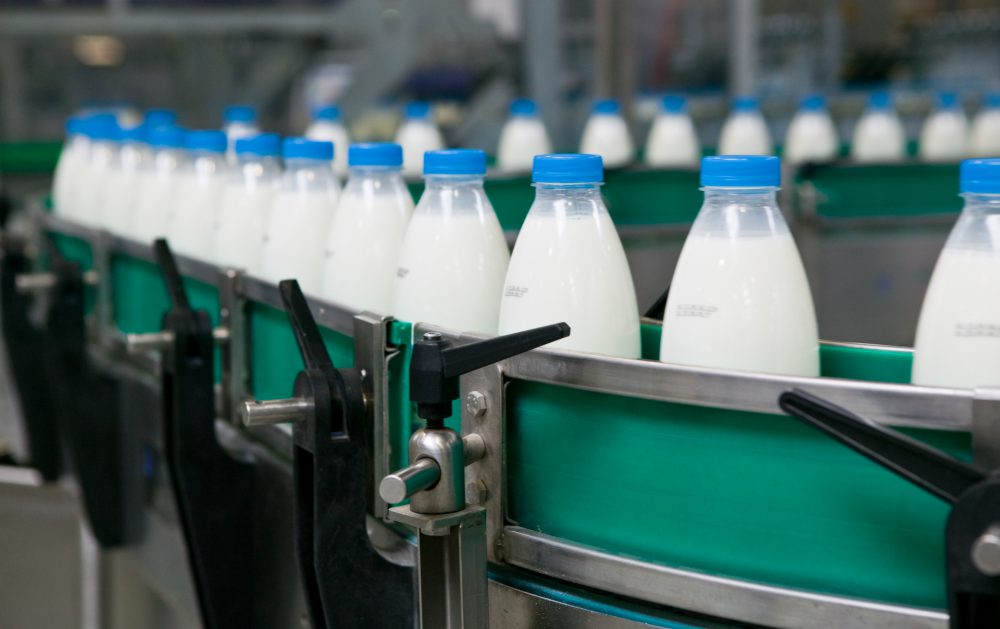

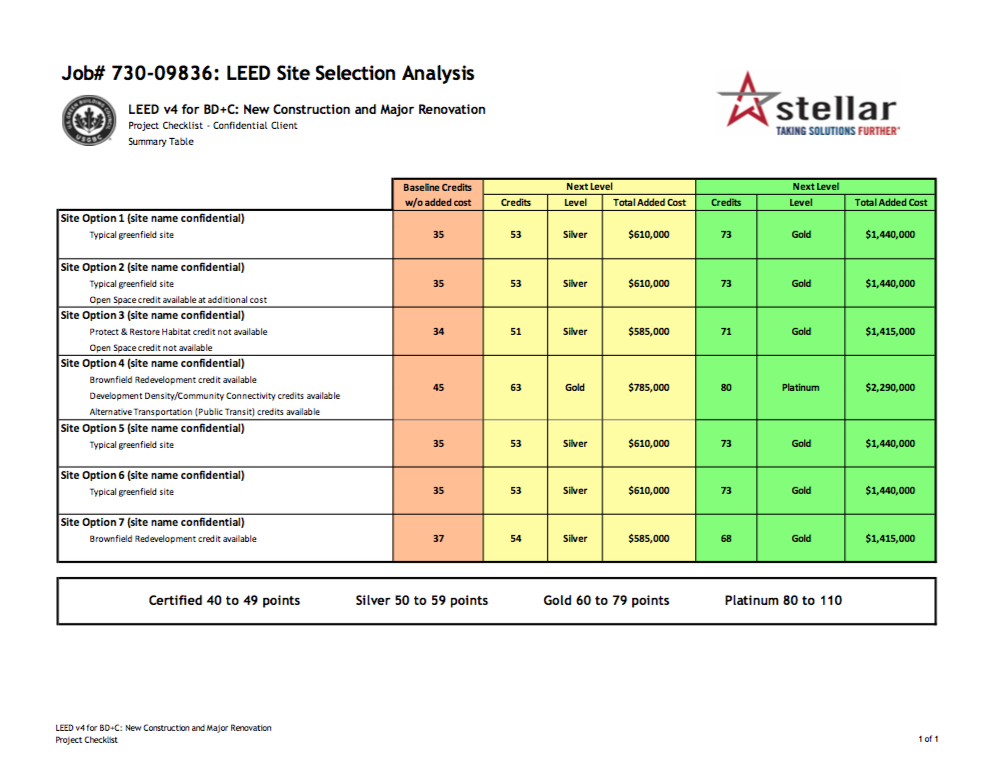
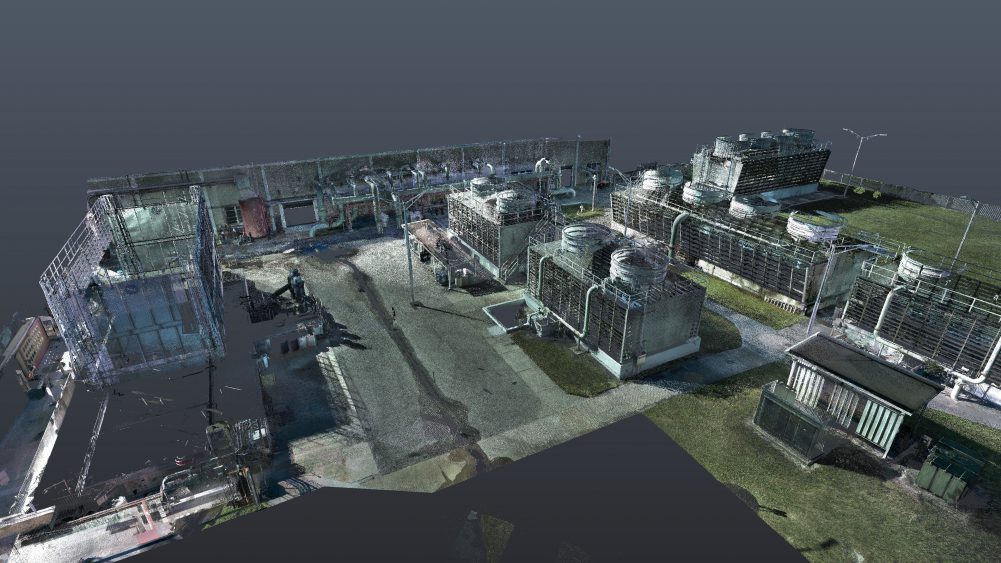

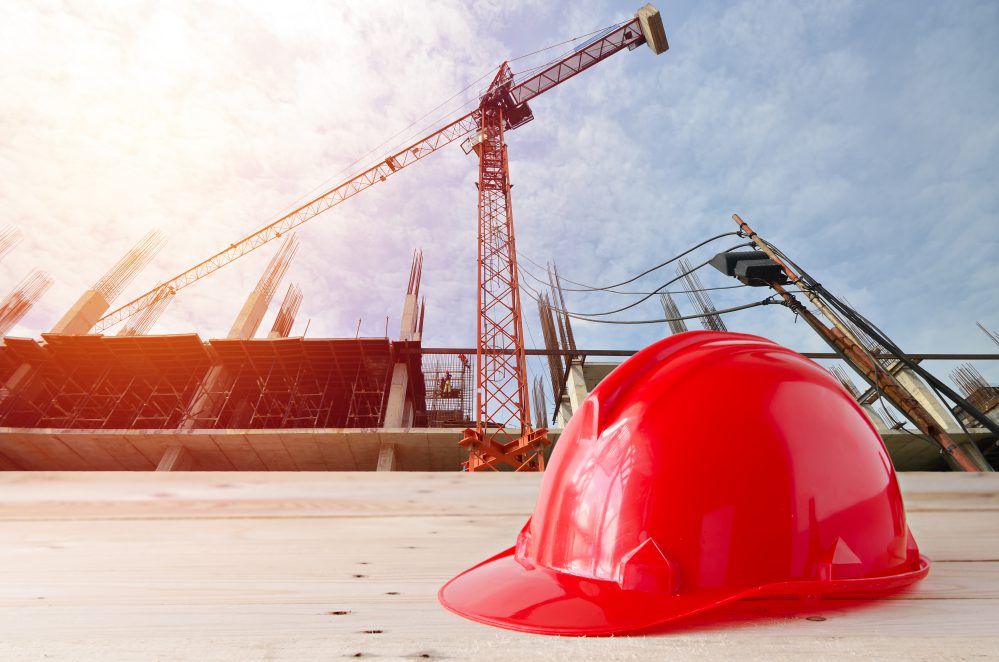

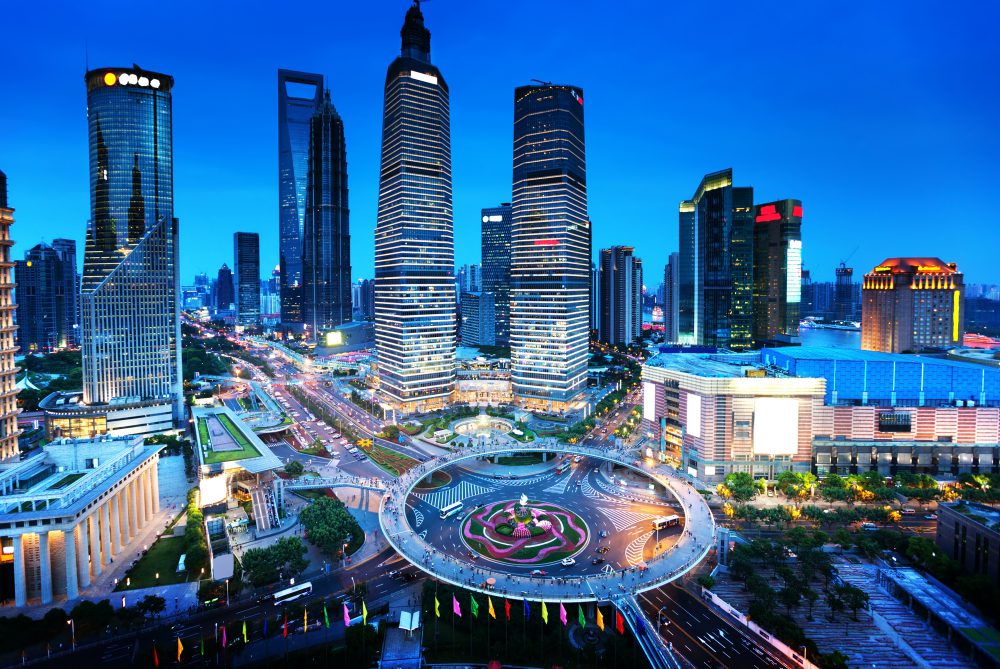
![[VIDEO] See How Virtual Reality Can Take You Inside Your Food Plant Design](https://stellarfoodforthought.net/wp-content/uploads/2017/12/Screen-Shot-2017-12-05-at-12.30.19-PM.png)
